A new boat and the force driving Jérémie Beyou back to the Vendée Globe
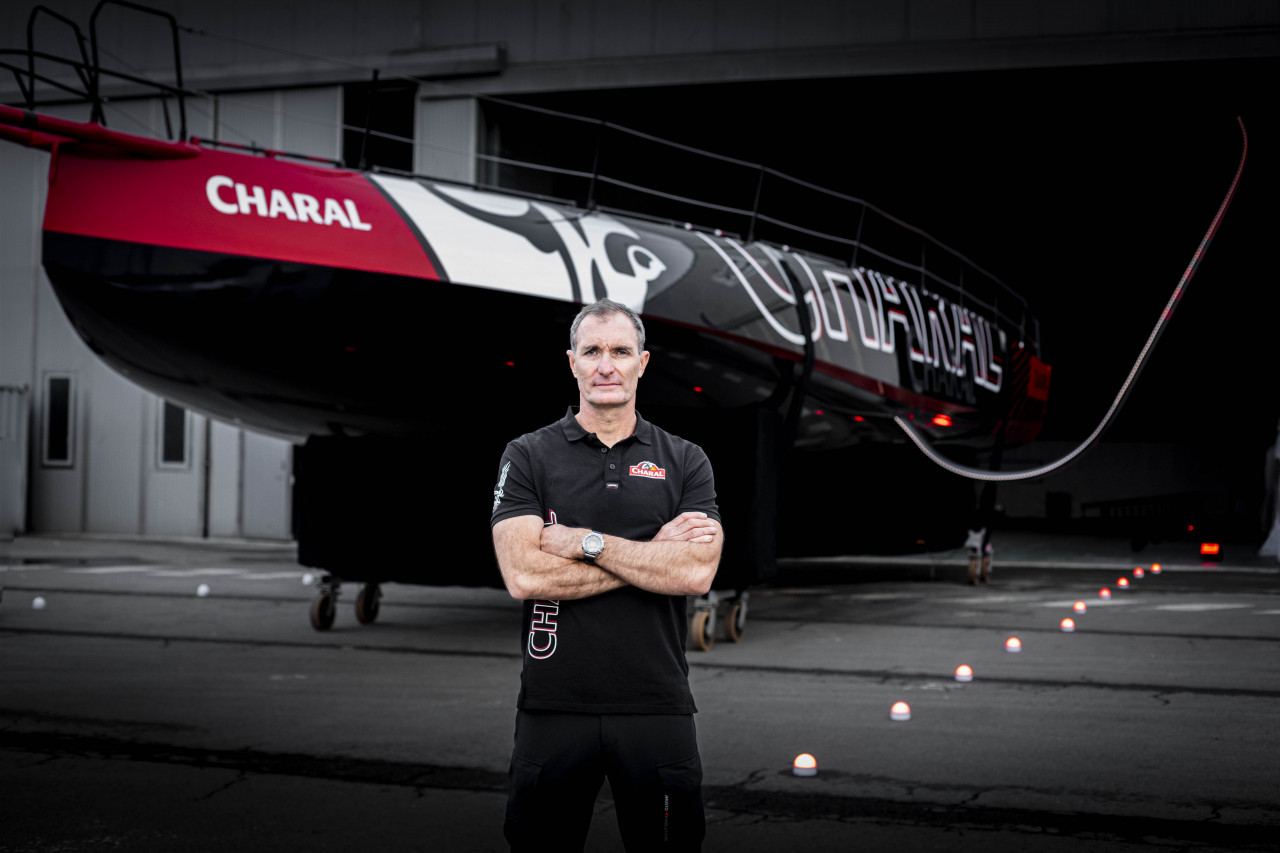
Having started four Vendée Globes and finished two of them, once on the podium in third place, once after starting a second time nine days late, you would think that Jérémie Beyou had done enough. But not so.
The 46-year-old skipper from Finistère in northwest France is certainly nowhere near finished with the IMOCA class and nor with the Vendée Globe, and gets out of bed every morning driven by the goal of finally winning a race that has so far eluded him.
In a few days, he will launch his new IMOCA, Charal 2 – this time from the board of Sam Manuard with its signature scow bow – and the goal for this boat is crystal clear, as Beyou told the Class when asked what it was that is driving him on.
“Getting back to the Vendée Globe and winning it,”said the man who won justified acclaim for the way he stuck to his guns when finishing 13th last time out, having started as one of the favourites. “That’s what’s driving me and I think I have the ability to do it and the team to do it and I really have a really strong motivation, so that’s it.”
But could this be his last new IMOCA? “That’s the big question,”replied the three-time Figaro winner and Volvo Ocean Race winner, laughing as he considered his response. “I can tell you I have all the focus for next time; for 2028 I am not sure. I will tell you after the next one. But I am still really passionate about what I am doing and I have a real chance. So every day I wake up and I come to the shipyard or to the design office and I realise the opportunity I have, so you never want it to stop.”
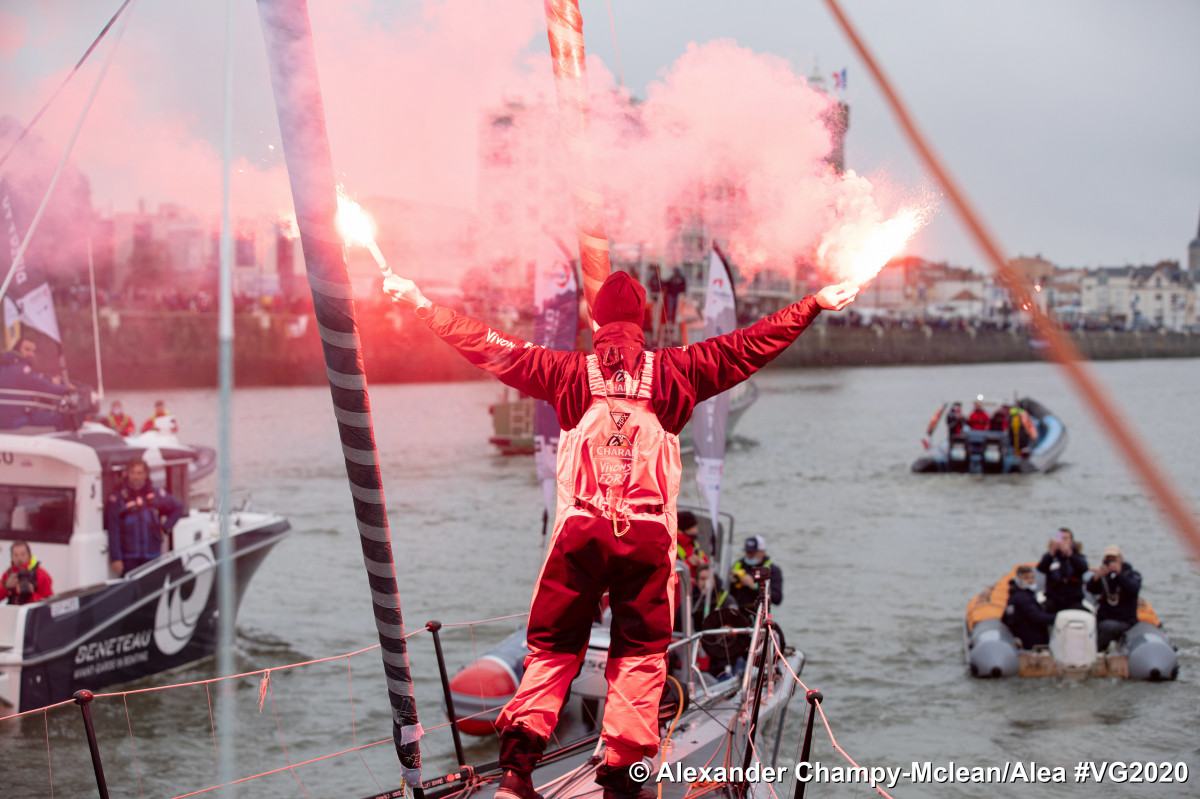
This new IMOCA is fascinating because Beyou and his team have again built early in the cycle, but have stepped away from VPLP who they used for Charal 1 – the first of the 2020 generation of new foilers – and chosen Manuard instead. This was a decision partly based on an assessment of Manuard’s first IMOCA project, originally launched as L’Occitane En Provence (now Bureau Vallée), which impressed Beyou with its outright speed. But also on the readiness of Manuard to work with the Charal design team.
Beyou is quite open about the fact that the relationship between Guillaume Verdier and the design group at MerConcept, who are producing a new boat for Charlie Dalin, Beyou’s main rival at the top of the Class, was an example he wanted to follow. “I think that is one of the big strengths of APIVIA and MerConcept,” he said.
“They have everything inside the team. They work with Guillaume Verdier, but I think Guillaume leaves the team do a lot of it. He supplies the ideas and then the design team at MerConcept, make it happen. That’s the way we are trying to work with Sam. He has a lot of experience and is convinced by some design ideas but, at some stage, it’s the team inside Charal that makes things happen, so that is why we changed.”
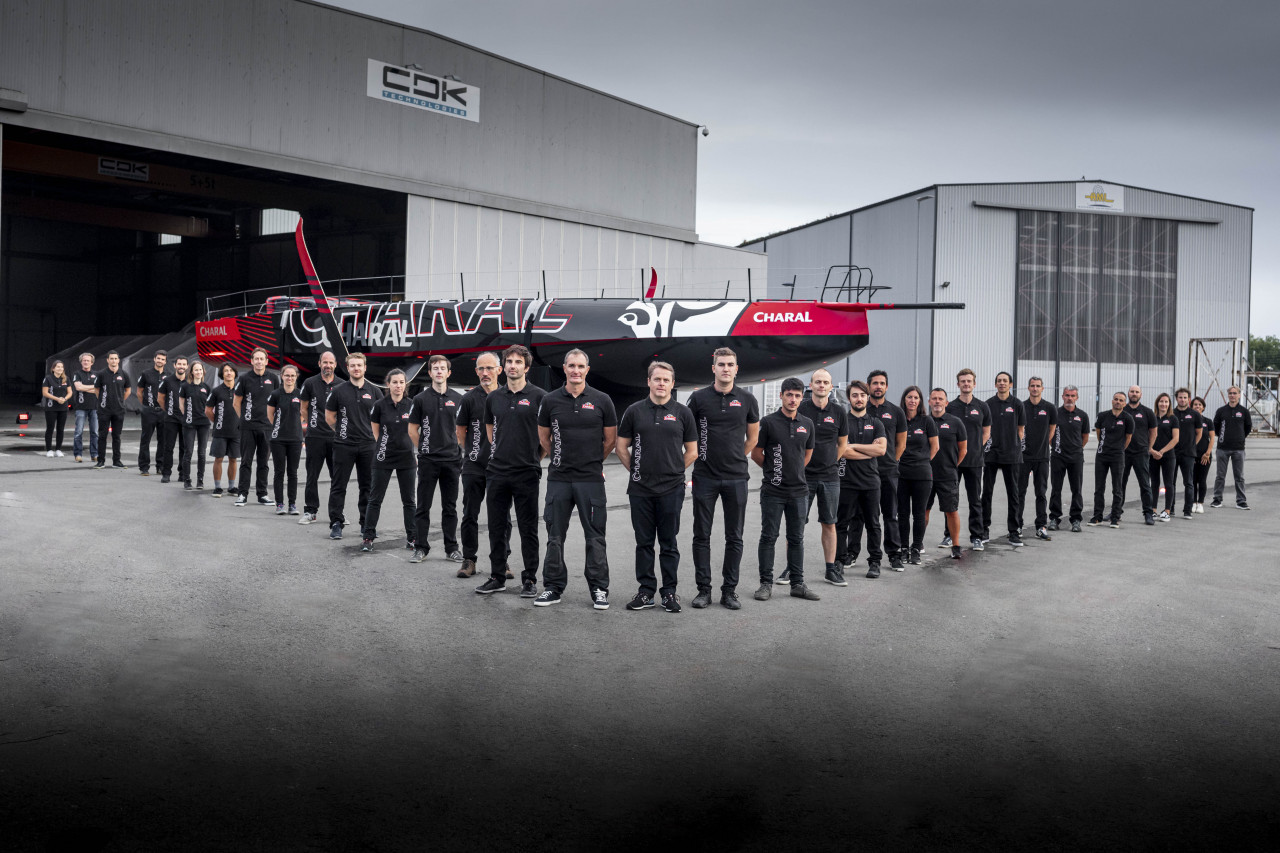 © Eloi Stichelbaut - polaRYSE / Charal
© Eloi Stichelbaut - polaRYSE / Charal
Beyou makes the point that design teams at the sharp end of the IMOCA world do not just do their work every four years and then melt into the background; they should ideally be a core part of a sailing team in order to drive the continuous evolution of a boat throughout its early racing life. In the last cycle, the revisions and improvements on Charal 1 were relentless, with modifications to almost every aspect of the boat – hull shape, rudders, keel, foils, ballast, deck fittings and sails. “Evolution is a continuous and permanent process,”he said. “That is a central point of the mindset of our sponsor, Charal, in their work in the meat products industry and they wanted to do something similar with us, so that’s the way we work too.”
Beyou has not lost the appetite for driving change on his new boat should it be required, but he is hoping they have got the hull shape more or less right. “This time, with all the data we have and all the experience we have, I think we won’t have any more to do concerning the hull shape,”he said. “But we know that with ballast volume, bulb weight, sails and appendages and so on we will have changes to make.”
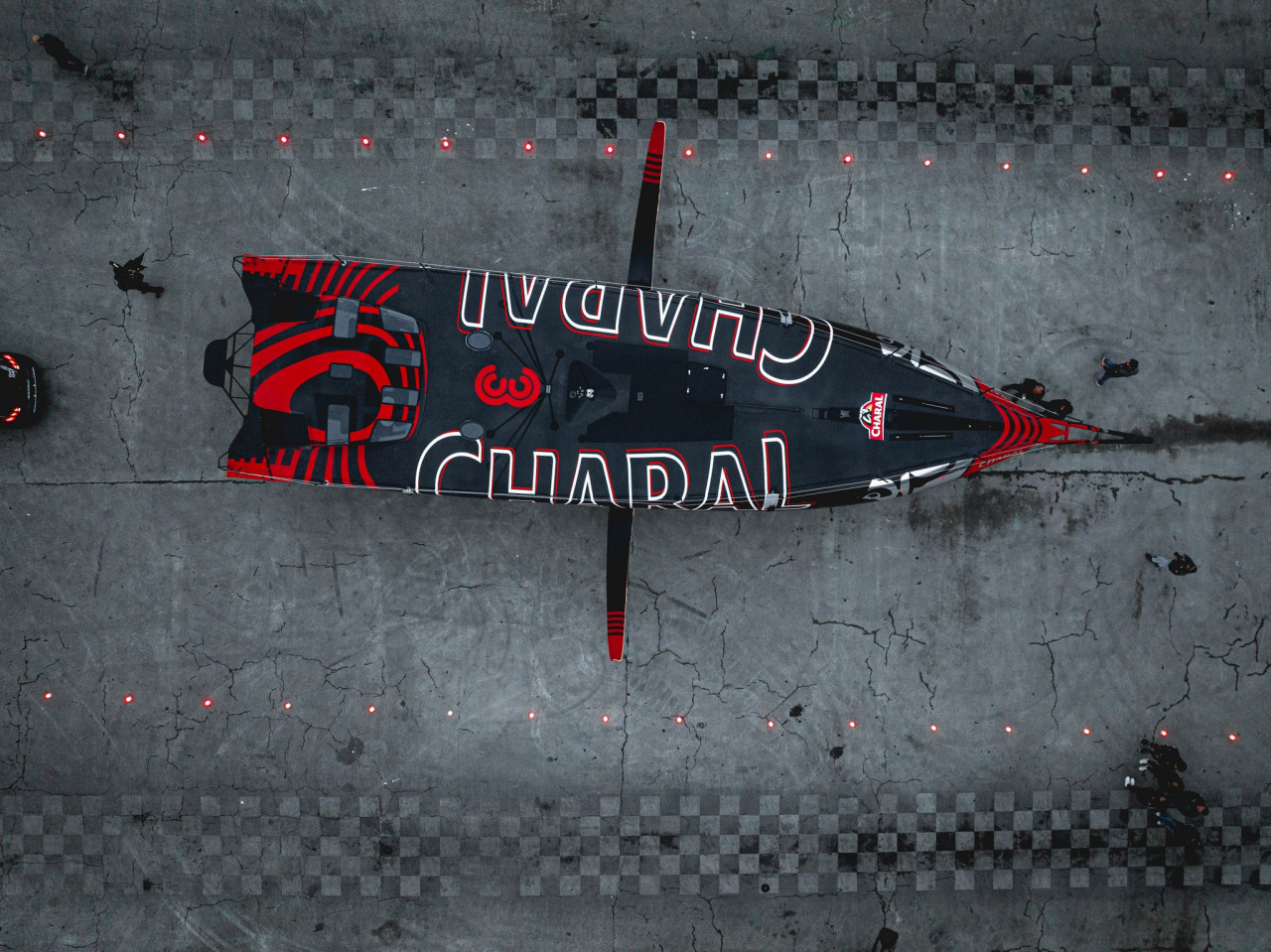 © Maxime Horlaville / polaRYSE / Charal
© Maxime Horlaville / polaRYSE / Charal
The new boat is based on extensive analysis of Charal 1 and L’Occitane en Provence with the goal of trying to produce a fast, stable and efficient hull shape that is manageable in strong conditions downwind, when the last generation of IMOCAs tended to crash into the waves and stall. “For sure L’Occitane was much better for the Vendée Globe for going downwind in big seas,” said Beyou. “So yes, that was part of the design. We compared everything between the two boats…and Sam had the intelligence to say that while he was convinced of the type of hull we needed for the Vendée Globe, he was happy to consider a different hull shape too.
“So we studied both concepts,” he continued, “and at the end we knew that we needed something with a kind of scow bow, something with more righting moment than Charal 1, but we needed the whole package not to drag too much in the water. So the hull is not large – I think it is the least beamy IMOCA ever designed and the boat is quite like L’Occitane en Provence.”
The cockpit is based on the earlier Manuard IMOCA too, but has detailed changes to improve the life of a solo skipper. “I had the opportunity to visit the boat of Armel Tripon (the former L’Occitane skipper),” explained Beyou. “The cockpit was really nice and you have great vision of everything happening on deck. The cockpit is generally the same, but we have new details on it too. We worked a lot on ways to be able to trim the sails more easily, so we have more winches on Charal 2 than Charal 1 and more hydraulics. And with the appendages, the idea was exactly the same as with the hull shape – to have a boat that goes straight and is stable – so we put every effort into that.”
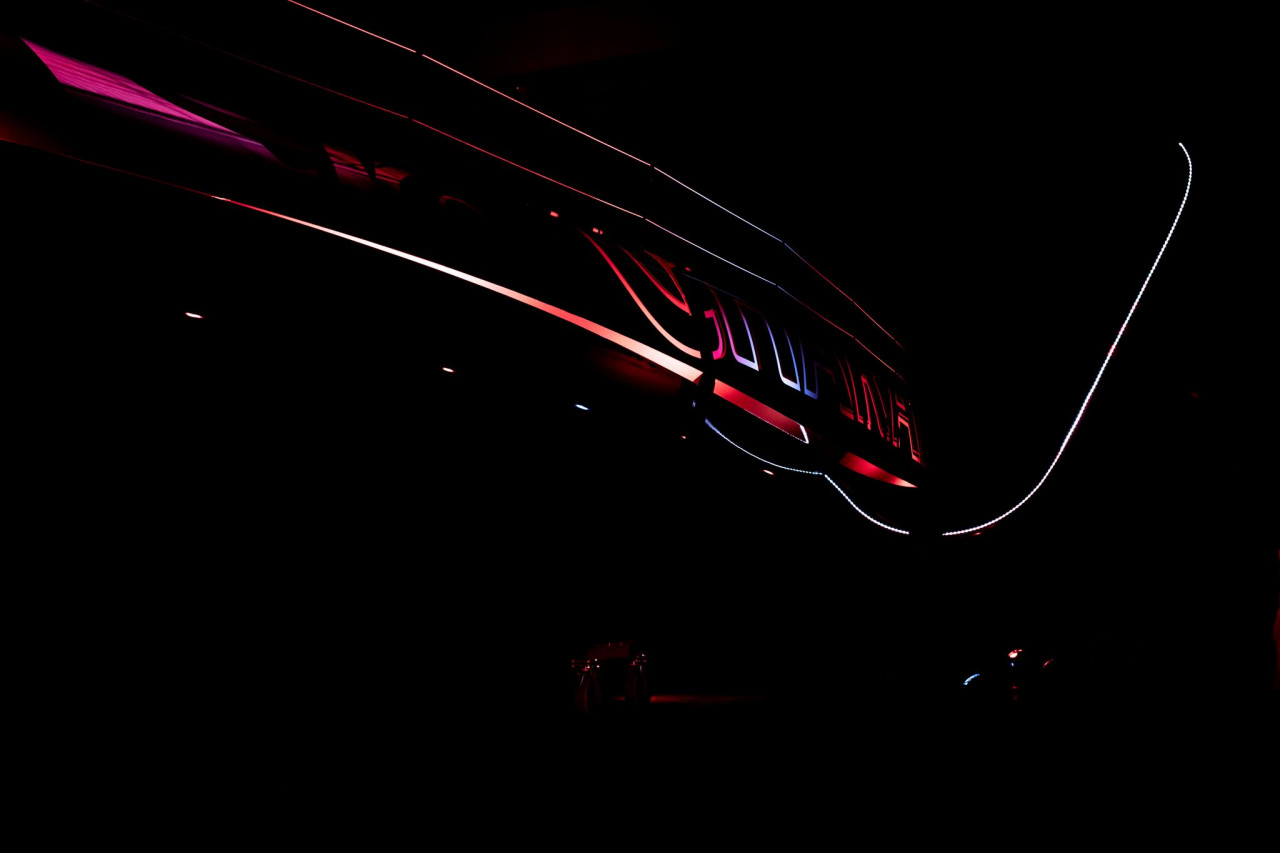 © Eloi Stichelbaut - polaRYSE / Charal
© Eloi Stichelbaut - polaRYSE / Charal
The new boat will make its debut at the Défi Azimut-Lorient Agglomération in September and then take on its first big race at the Route du Rhum-Destination Guadeloupe in November. Among its rivals in that contest will be not just the old Apivia, and Bureau Vallée in the hands of Louis Burton, but new boats like Kevin Escoffier’s PRB, Maxime Sorel’s V And B-Monbana-Mayenne, Boris Herrmann's Malizia-SeaExplorer, Yannick Bestaven’s Maître CoQ, Sam Davies’s new sistership of L’Occitane, Initiatives-Coeur and Paul Meilhat's Biotherm.
Beyou believes the next winner of the Vendée Globe in 2024-’25 will come from this latest generation of foilers, but he is not putting his house on it. “I am certain but I was quite certain last time, so don’t put money on it please,” he said. “But that’s yacht racing and the weather is the deciding factor with everything, so it is difficult to say. We can see that older boats that are changing their foils are going really well, so it is more difficult to say. But I think the boat that will win it, and the skipper that will win it, will have done a big amount of work beforehand.”
Ed Gorman
Teams info
THE LIST OF 40 SKIPPERS UNVEILED
The 2020 edition of the Vendée Globe has generated unprecedented interest. As a result, the organisers decided to increase the number of places at the start to 40 for the 2024 edition. 44 skippers applied for this 10th e…
•••Charlie Dalin: The podium in IMOCA is much harder to reach now
Charlie Dalin has particularly enjoyed his convincing win in the New York Vendée-Les Sables d’Olonne race. And that’s partly because he knows that even getting on the podium in the IMOCA Class is becoming more difficult.
•••